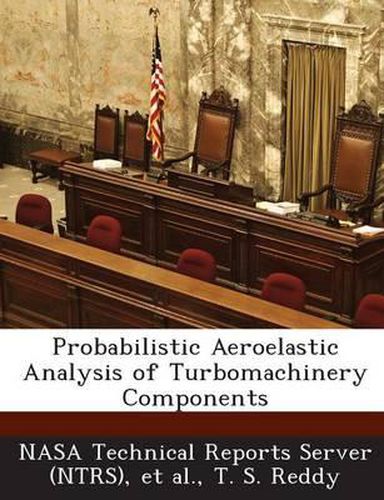Readings Newsletter
Become a Readings Member to make your shopping experience even easier.
Sign in or sign up for free!
You’re not far away from qualifying for FREE standard shipping within Australia
You’ve qualified for FREE standard shipping within Australia
The cart is loading…






A probabilistic approach is described for aeroelastic analysis of turbomachinery blade rows. Blade rows with subsonic flow and blade rows with supersonic flow with subsonic leading edge are considered. To demonstrate the probabilistic approach, the flutter frequency, damping and forced response of a blade row representing a compressor geometry is considered. The analysis accounts for uncertainties in structural and aerodynamic design variables. The results are presented in the form of probabilistic density function (PDF) and sensitivity factors. For subsonic flow cascade, comparisons are also made with different probabilistic distributions, probabilistic methods, and Monte-Carlo simulation. The approach shows that the probabilistic approach provides a more realistic and systematic way to assess the effect of uncertainties in design variables on the aeroelastic instabilities and response.
$9.00 standard shipping within Australia
FREE standard shipping within Australia for orders over $100.00
Express & International shipping calculated at checkout
A probabilistic approach is described for aeroelastic analysis of turbomachinery blade rows. Blade rows with subsonic flow and blade rows with supersonic flow with subsonic leading edge are considered. To demonstrate the probabilistic approach, the flutter frequency, damping and forced response of a blade row representing a compressor geometry is considered. The analysis accounts for uncertainties in structural and aerodynamic design variables. The results are presented in the form of probabilistic density function (PDF) and sensitivity factors. For subsonic flow cascade, comparisons are also made with different probabilistic distributions, probabilistic methods, and Monte-Carlo simulation. The approach shows that the probabilistic approach provides a more realistic and systematic way to assess the effect of uncertainties in design variables on the aeroelastic instabilities and response.